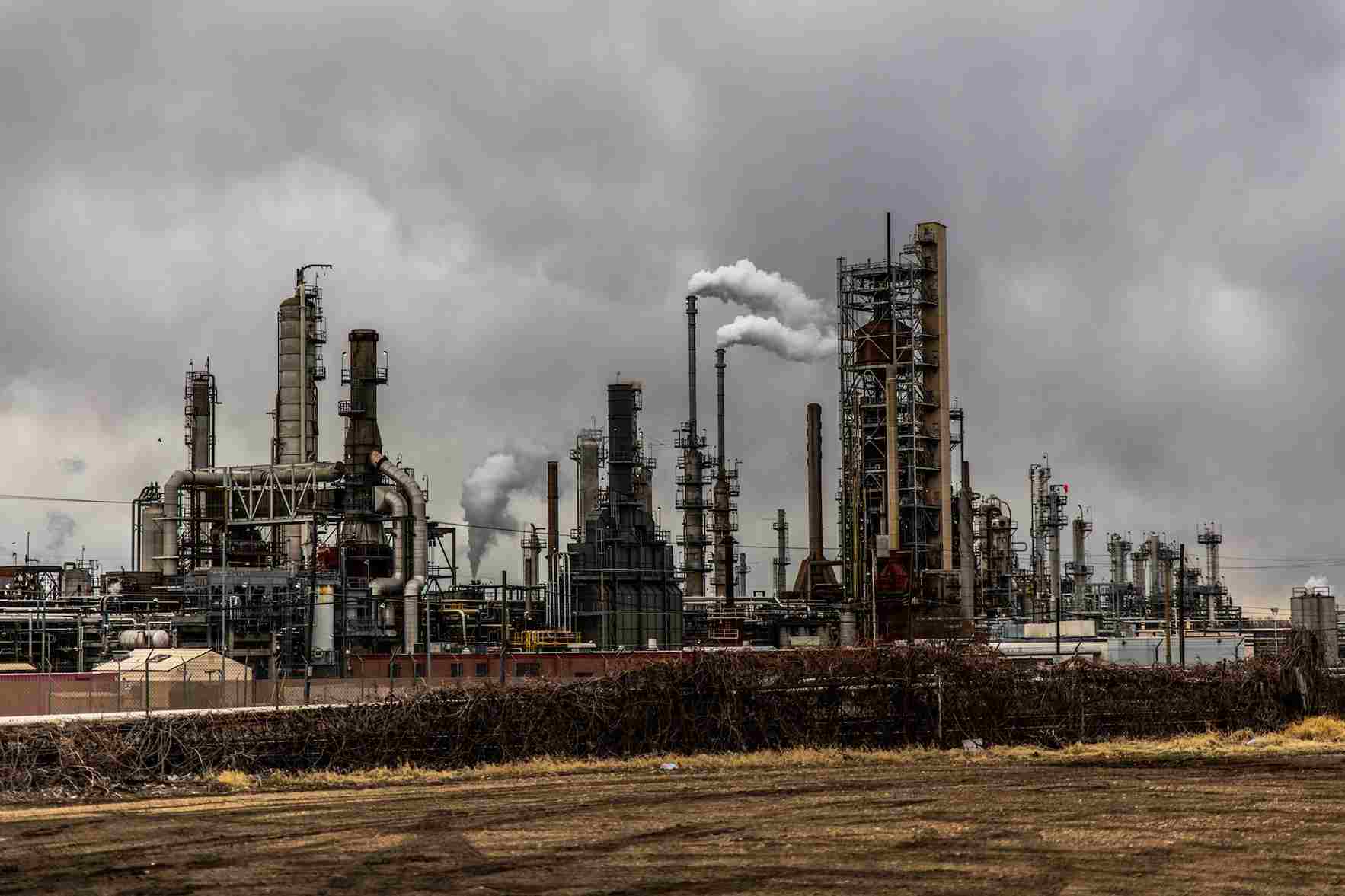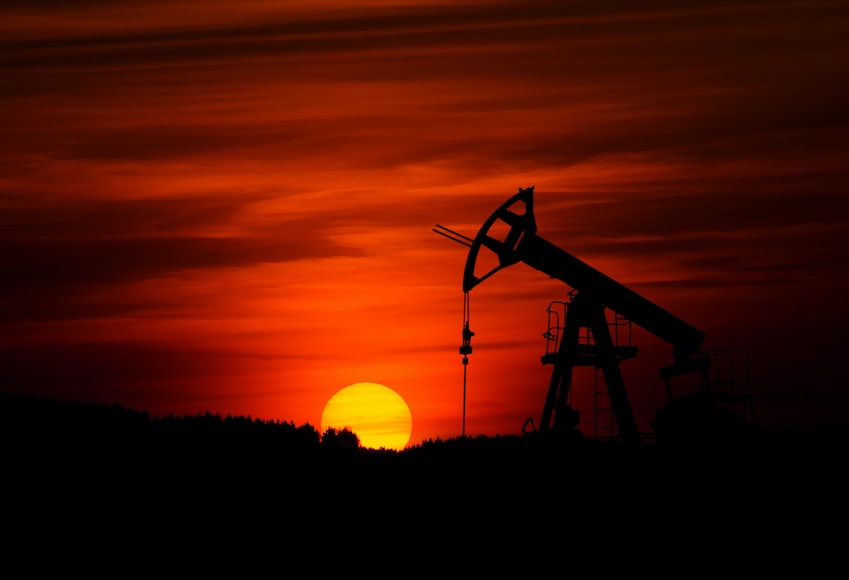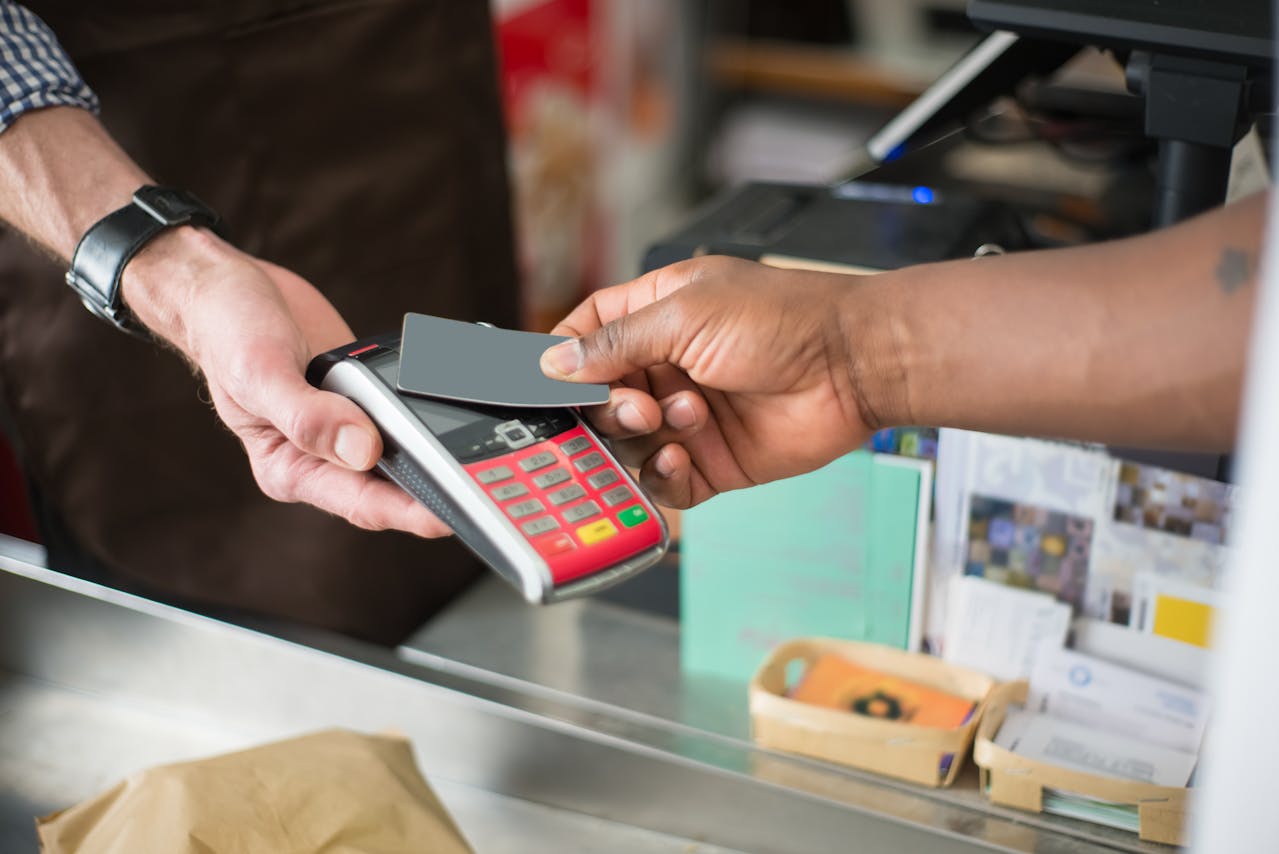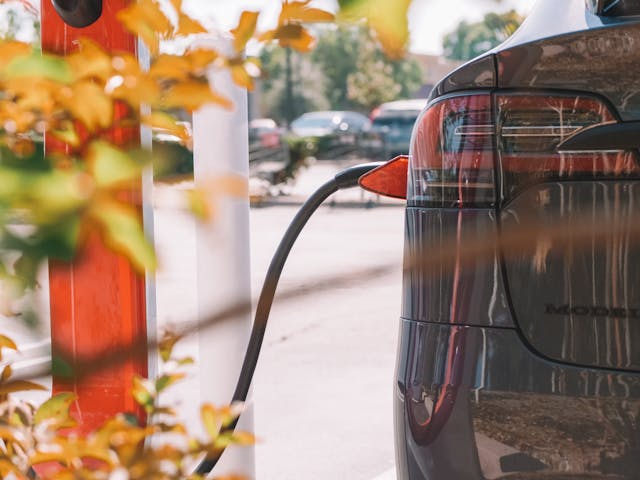

The World Bank has forecasted a 1.9% economic growth for Azerbaijan in 2021. The number rises due to oil price stabilization and investment benefits from the reconstruction of Azerbaijani territories liberated from Armenian occupation.
The World Bank has observed that the Azerbaijani central bank was among a few of those who succeeded in stabilizing the local currency by tapping the country's sovereign wealth fund.
Azerbaijan's growth heavily relies on its hydrocarbon oil production, which plans to increase from 780.000 barrels to 820.000 barrels daily by 2022.
At the end of 2020, the nation's daily oil production was at the level of 710.000 barrels. The government has reported an 11.9% increase within the first quarter of 2021.
The hydrocarbon-rich country is also planning to raise gas exports through developments of the Trans Anatolian Natural Gas Pipeline (TANAP).
TANAP comprises the most significant stretch of the USD 40 billion Southern Gas Corridor, a series of pipelines carrying gas from Azerbaijan's Shah Deniz field. The pipeline would transport up to 16 bcm of gas per year, effective this year.
As the oil price roars to USD 80 a barrel this year, Azerbaijan's government-controlled State Oil company, Socar, aims to respond to the demand with sufficient supply as one of the world's biggest energy trading houses.
Socar's biggest concern is the inadequate supply response and the rising price of steel that would eventually hurdle oil service contractors from building pipes, wells, and other infrastructure to optimize the production.
Socar has produced more than 8.8 million tons of oil and more than 10.4 billion cubic meters of gas in the first quarter of 2021 alone, excluding the company's other line of businesses such as petrochemical products and international refineries nestled in Turkey, Georgia, Romania, and Switzerland.
The company has also recently signed two contracts with Maire Tecnimont SPA subsidiaries and KT-Kinetics Technology SPA to conduct engineering, procurement, and construction on three new processing units as part of the modernization and reconstruction program at Baku. The contracts are valued at USD 160 million and will progress within 33 months.
Socar's active expansion has created a positive sentiment towards the market for oil and gas downstream in the country, with an expected CAGR of more than 1.21%. The main concern for the country's oil and gas sector lies in the decrease in global oil consumption.
The government must also reduce sulfur contents in the refined crude oil to comply with the climate agreement, further creating a more sustainable downstream sector.

Similarly, the Azerbaijani oil and gas upstream market will also grow at a CAGR of 1.5% as it optimizes its export to European countries. The country plans to dominate the market through its hydrocarbon basins, Azeri-Chirag-Gunashli (ACG) fields.
The ACG field is the largest oilfield in the Caspian Sea that has succeeded in gaining investments from foreign oil operators such as BP and Total.
Despite the rising cost in correlating commodities, modest growth during the COVID-19 pandemic, and reduction in oil consumption worldwide, Azerbaijani's oil and gas sector is relentlessly taking measures to become the leading oil and gas provider for upcoming global demands.

Digital Lending in Southeast Asia: Current Trends and Future Outlook
Digital lending in Southeast Asia (SEA) has been on an upward trajectory, significantly enhancing financial access for both individuals and businesses. The region's high internet and mobile penetration rates have facilitated this growth, enabling more people to access financial services conveniently. Governments across SEA are actively promoting digital lending as a means to improve financial inclusion, particularly for the underbanked and unbanked populations. For instance, digital lenders in countries like Indonesia and the Philippines have capitalized on the surge in internet usage to offer innovative lending solutions.

The Latest Trends and Developments in SEA’s Digital Payments Landscape
The adoption of digital payments in Southeast Asia (SEA) has accelerated, driven by technological advancements, government initiatives, and changing consumer behaviors. It has evolved from simple online transactions to sophisticated financial ecosystems that include various payment methods such as mobile wallets, QR code payments, and Buy Now Pay Later (BNPL) options.

Navigating the Digital Era: Future Jobs and Skills in the Age of Digitalization
The job market's transformation driven by digitalization highlights the need to understand emerging trends and acquire essential skills for thriving.

Navigating Key Challenges in Southeast Asia’s EV Market
Southeast Asia (SEA) finds itself at a crucial juncture in the journey towards electric vehicle (EV) production and adoption as the world transitions towards sustainable transportation solutions. The region has several significant keys for developing the EV industry, such as Indonesia's nickel supply and Thailand's EV manufacturing potential. However, the ASEAN EV industry faces many challenges and threats that must be overcome to ensure success in the region.